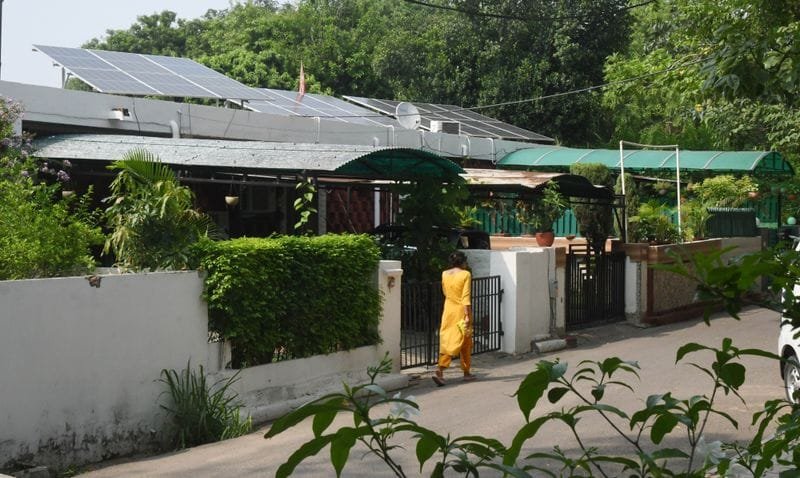CHANDIGARH, April 7:— In a major push toward clean energy, all 6,624 government buildings in the Union Territory (UT) of Chandigarh have been made net-zero in energy consumption with the installation of rooftop solar panels, according to officials from the Chandigarh Renewable Energy and Science & Technology Promotion Society (CREST).
These installations have a collective capacity of 52.85 megawatt peak (MWp), making Chandigarh the first UT in India to achieve net-zero energy status across its entire public infrastructure sector.
Officials also confirmed that the Union Ministry of Power has included Chandigarh in a national plan to develop 34 “Solar Cities” by 2030. In response, the UT Administration is aiming to achieve 100% rooftop solar saturation across all private buildings by December 2025.
“We have amended building bylaws to make rooftop solar photovoltaic (SPV) systems mandatory on houses measuring over 250 square yards,” said a CREST official. The Administration has set a solar generation target of 224 MW by the end of the decade.
Since the early 2010s, Chandigarh has steadily increased its renewable energy capacity through grid-connected rooftop solar systems. By December 31, 2024, solar panels had been installed at 10,988 sites across the city, generating 270.26 million units of electricity and helping avoid 1.86 million metric tonnes of carbon dioxide emissions.
Of 114 government schools assessed for solar feasibility, 108 were found suitable, and rooftop solar plants have been commissioned on all of them. Last year, these schools generated 7.32 million units of electricity, exceeding their total consumption of 6.1 million units. As a result, government schools in Chandigarh now operate as net-zero energy institutions.
“This not only cuts operating costs but also supports environmental education,” an official noted.
Progress has also been made in the residential sector under the central government’s **PM Surya Ghar: Muft Bijli Yojana**, which offers financial subsidies of up to ₹78,000 for systems up to 3 kWp. As part of the initiative, 637 rooftop solar installations have been completed in the UT.
In addition, rooftop solar panels have been installed on 6,247 government residential buildings. These systems, with a combined capacity of 18.1 MWp, are expected to generate 23.5 million units of power annually, resulting in estimated yearly savings of ₹12.69 crore for both residents and the Administration.
“This clean energy supply also strengthens energy security while reducing our carbon footprint,” a UT official said.
To address vehicular emissions and support clean mobility, the UT also launched an electric vehicle (EV) policy. As of January 31, a total of 14,315 EVs have been registered in Chandigarh, marking a steady transition toward sustainable transport.
The city’s comprehensive push for solar adoption and electric mobility reflects its broader vision for a carbon-neutral future.

